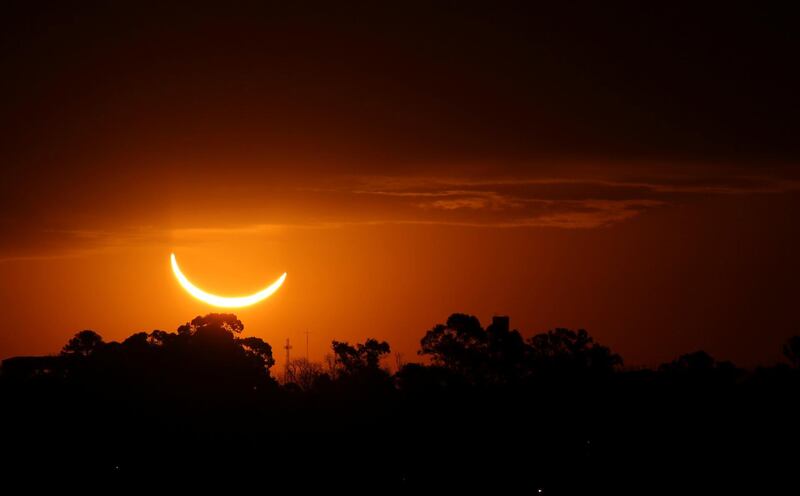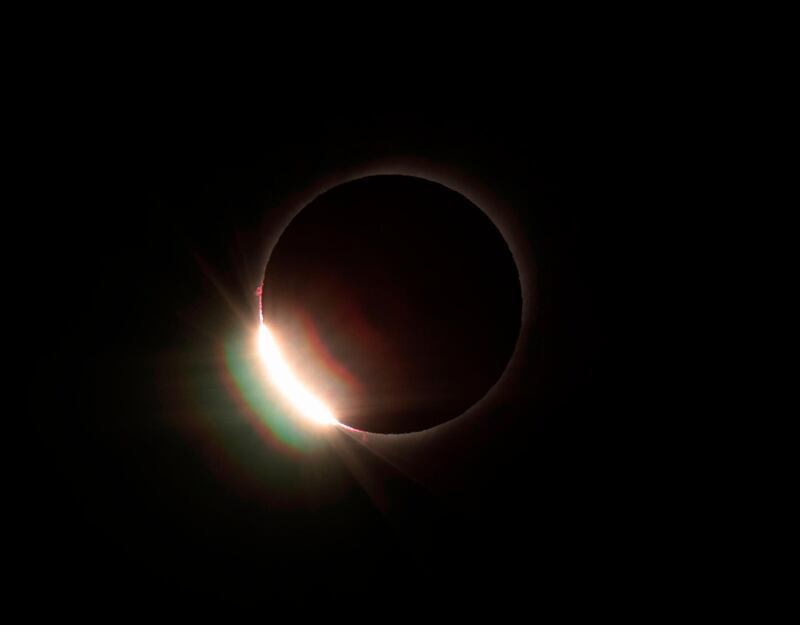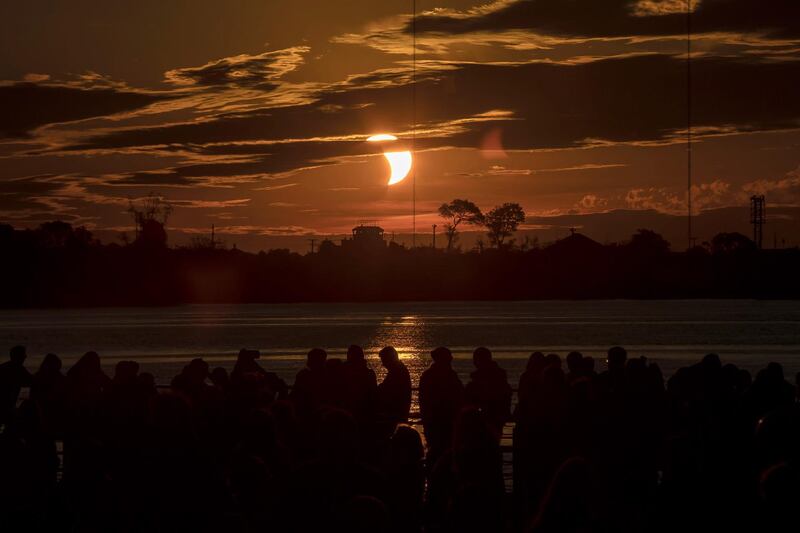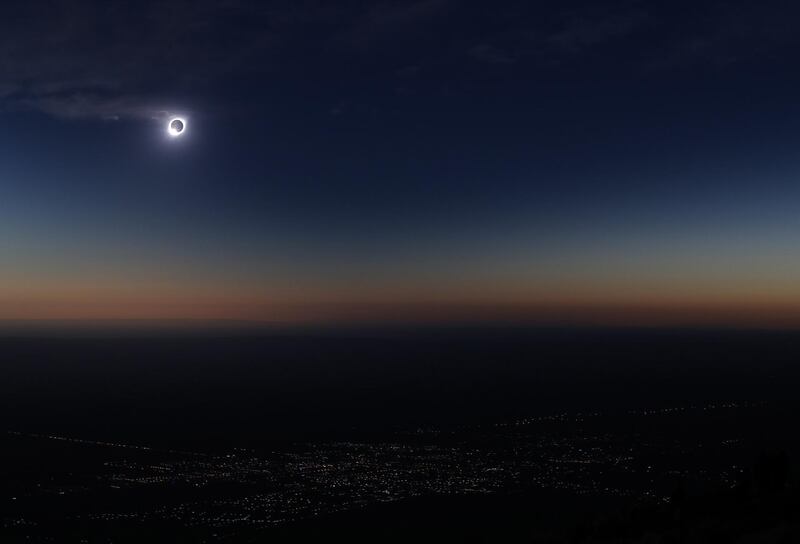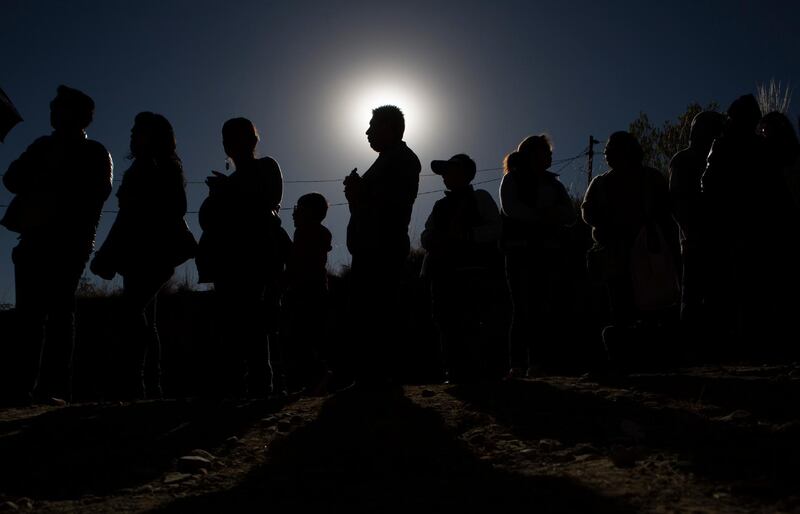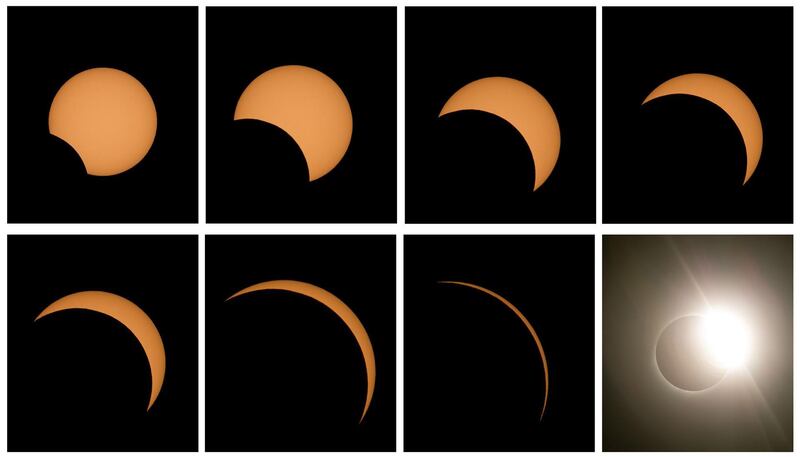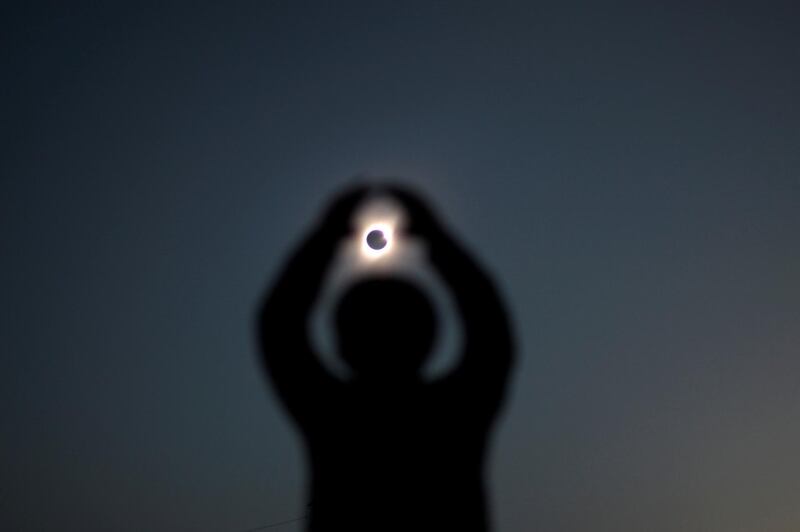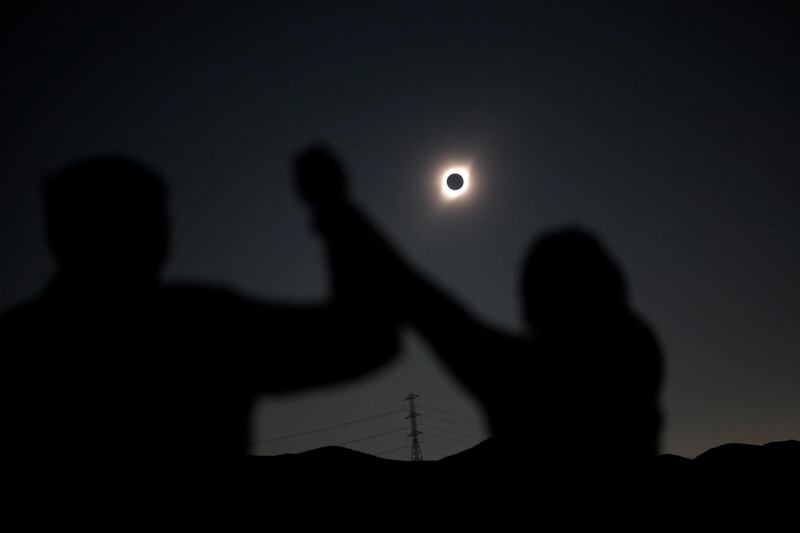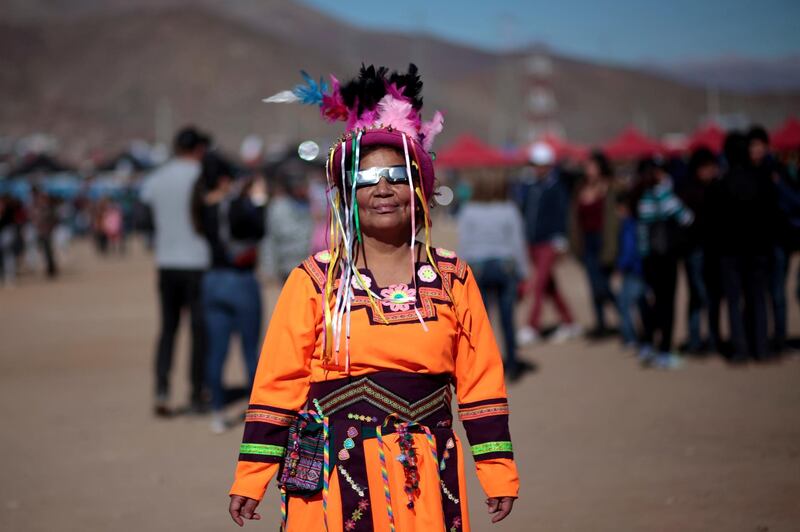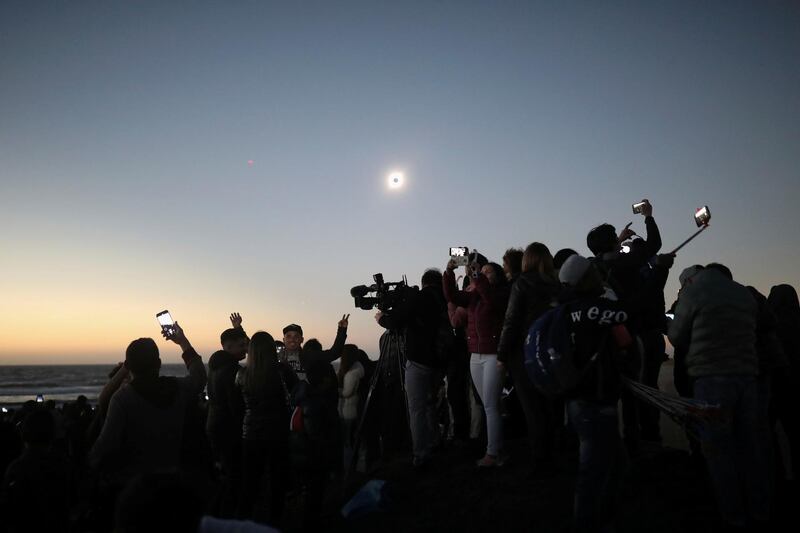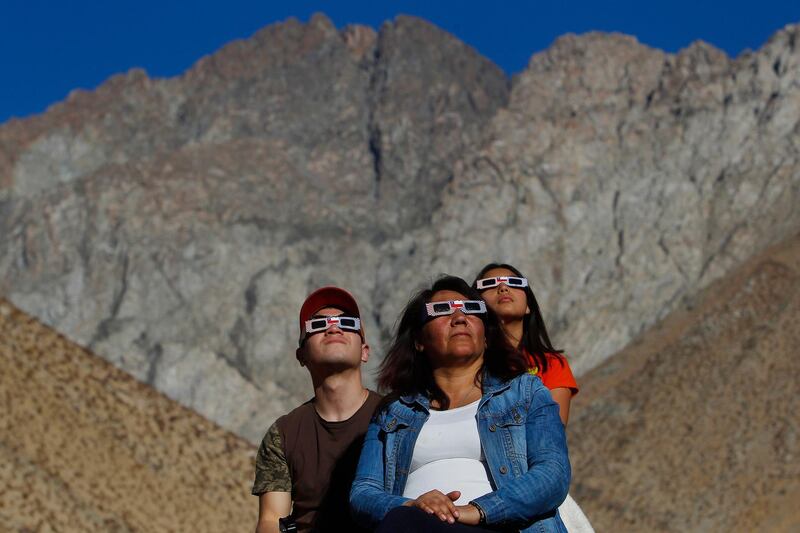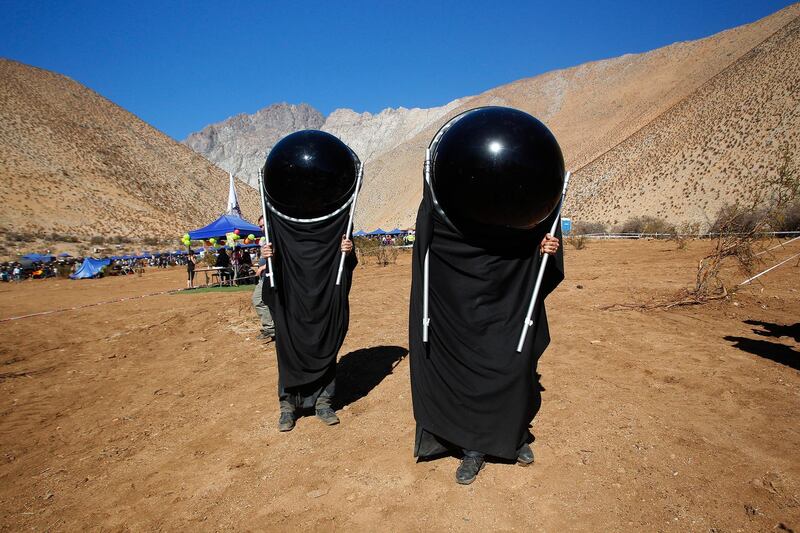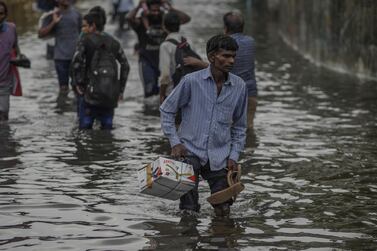A rare total solar eclipse plunged a vast swath of Latin America's southern cone into darkness on Tuesday, briefly turning day into night and enthralling huge crowds in much of Chile and Argentina.
Hundreds of thousands of people flocked to Chile's northern Coquimbo region near the Atacama Desert - festooned with some of the planet's most powerful telescopes — which was situated directly on the eclipse's 160-kilometre-wide "path of totality."
Large crowds congregated in the town of La Higuera, about 2,400 metres above sea level and near the landmark La Silla Observatory, operated by the European Southern Observatory.
"I don't believe there's a better place in the world to see an eclipse than La Silla," said Australian tourist Betsy Clark.
Clark and her family was among thousands who flocked to the craggy peaks around the observatory on Tuesday.
"It was an experience to last several lifetimes," said Chilean tourist Rene Serey.
Solar eclipses happen when the Sun, the Moon and Earth line up, allowing the Moon to cast its shadow on Earth.
The area where the observatory is located, with its dry weather, crystal-clear air and low light pollution, is a stargazers' paradise.
To the west, in the coastal town of La Serena, thousands of people on the beach cheered and clapped at the moment when the Moon closed over the Sun and blocked it completely.
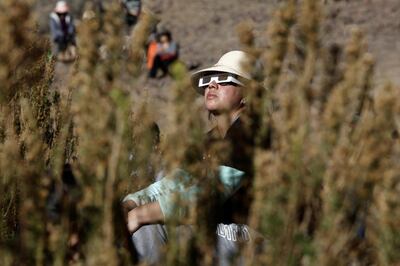
"Oh my God, it's incredible!" shouted some, while others chanted "more, more, more!"
Many remained silent, enchanted and moved by one of nature's spectacles.
"The truth is that even if one knows what's going on, it is shocking the minute that the shadow of darkness begins to come and that silence begins," said astronomer Sonia Duffau, as she choked back tears.
Total solar eclipses are rare, but what was even rarer about Tuesday's event was that it occurred directly over an area of the Earth most prepared to study the heavenly bodies.
"Very seldom has it happened that the whole of an eclipse is seen over an observatory, the last time this happened was in '91" at the Mauna Kea observatory in Hawaii, said Matias Jones, an astronomer at La Silla.
In the capital Santiago, crowds flocked to rooftops, downtown parks and squares to witness the event. Schools closed early so that children could prepare for the viewing.
Over the border in Argentina, people massed to look into the sky in the western Cuyo region, which had the country's longest exposure to the eclipse.
However little could be seen in the Argentine capital Buenos Aires, where overcast weather blocked the view.
